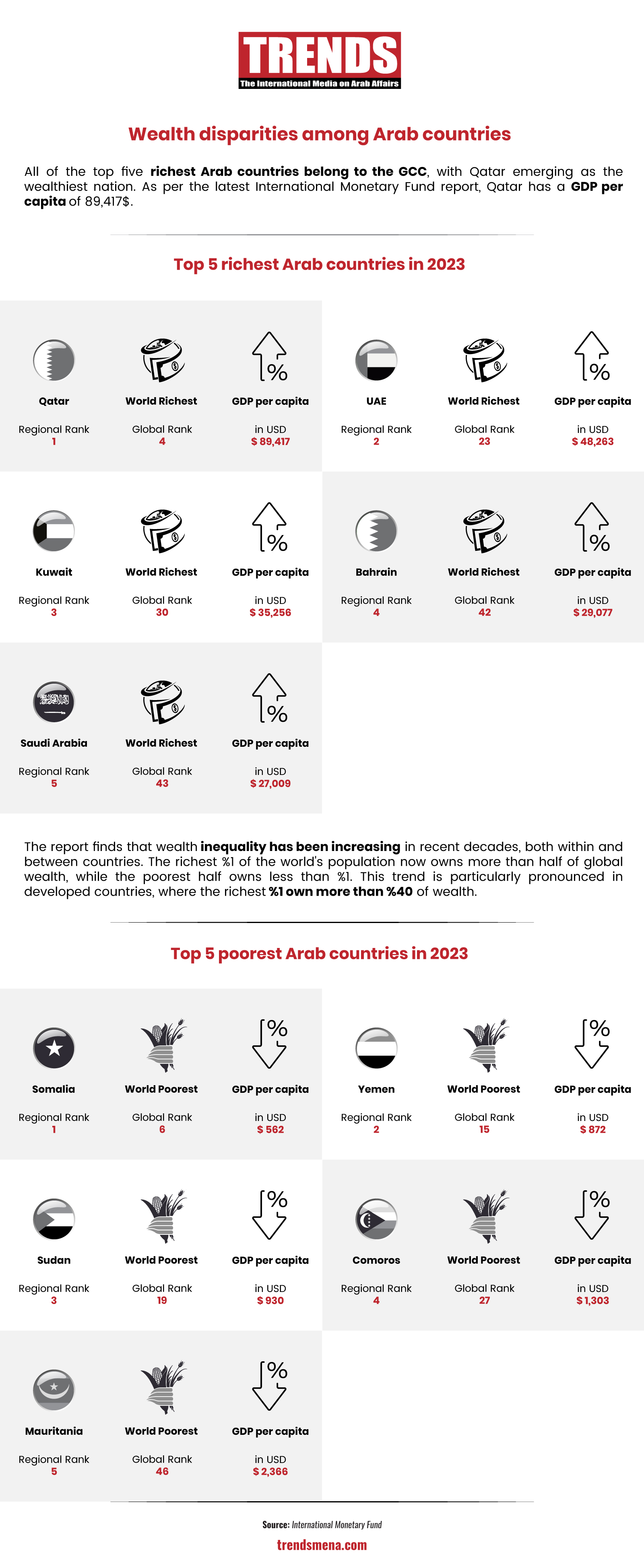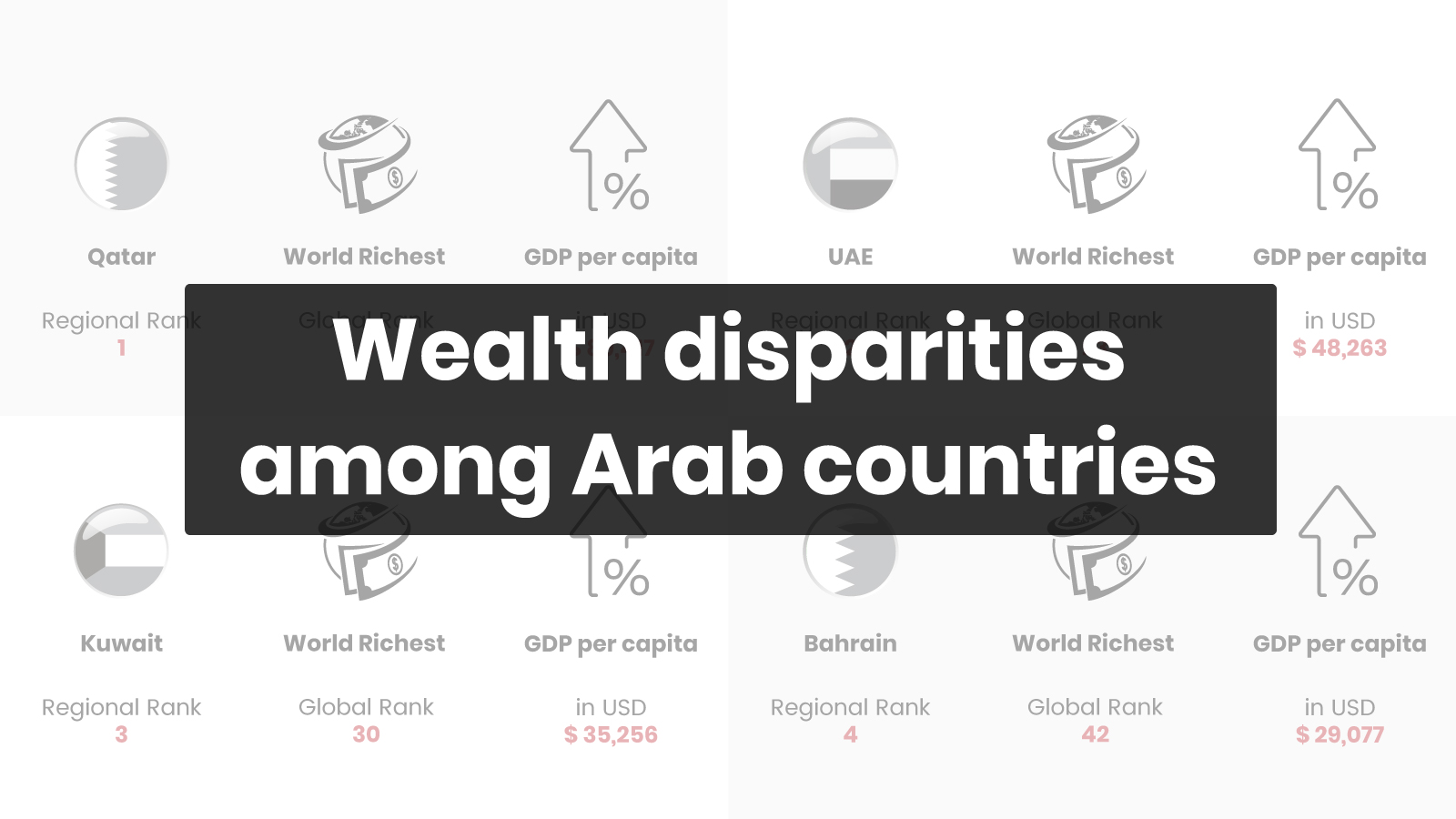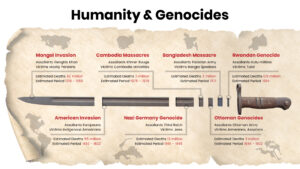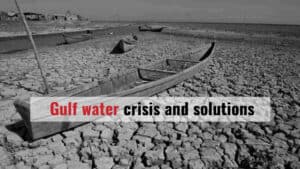Dubai, UAE — The Arab world is one of the most unequal regions in the world. According to the World Inequality Database, the top 10 percent of earners in the Arab world control more than 56 percent of national income, while the bottom 50 percent of earners control less than 12 percent. This means that the richest 10 percent of people in the Arab world are more than five times as wealthy as the poorest 50 percent. The disparity is the starkest when the GDP of the oil-rich Gulf states is compared with that of some African countries. In this infographic, TRENDS takes a look at the richest and the poorest Arab countries:








